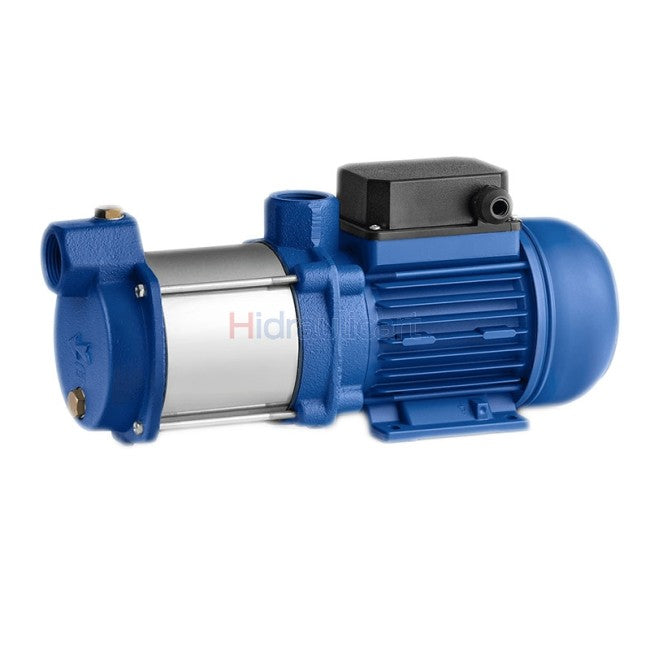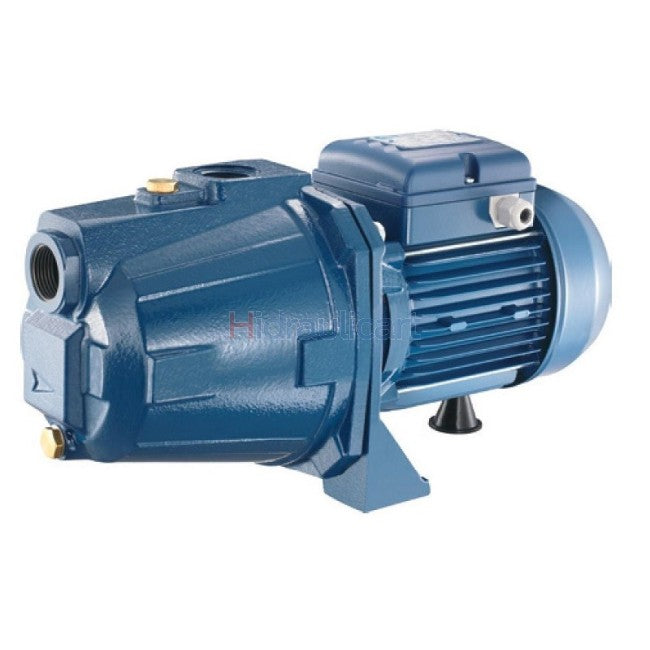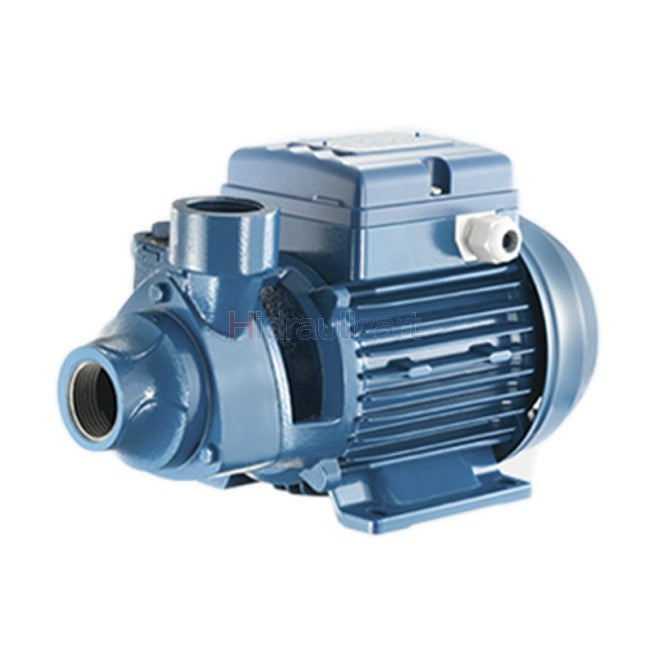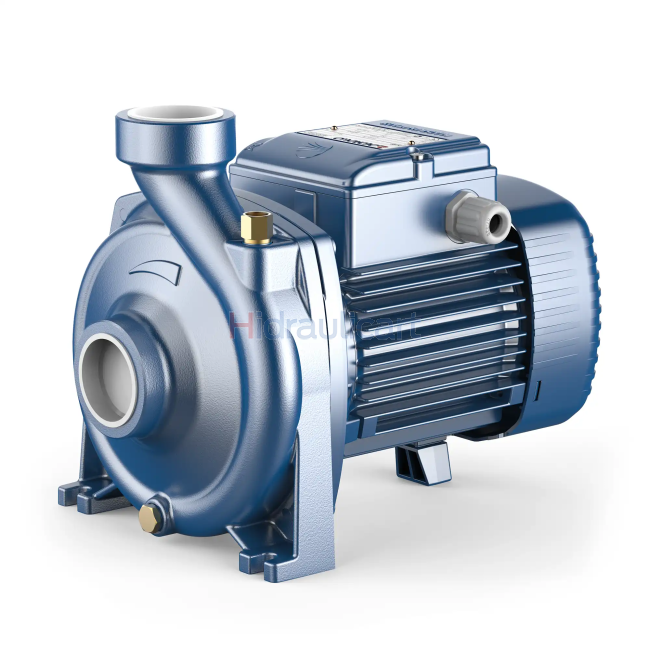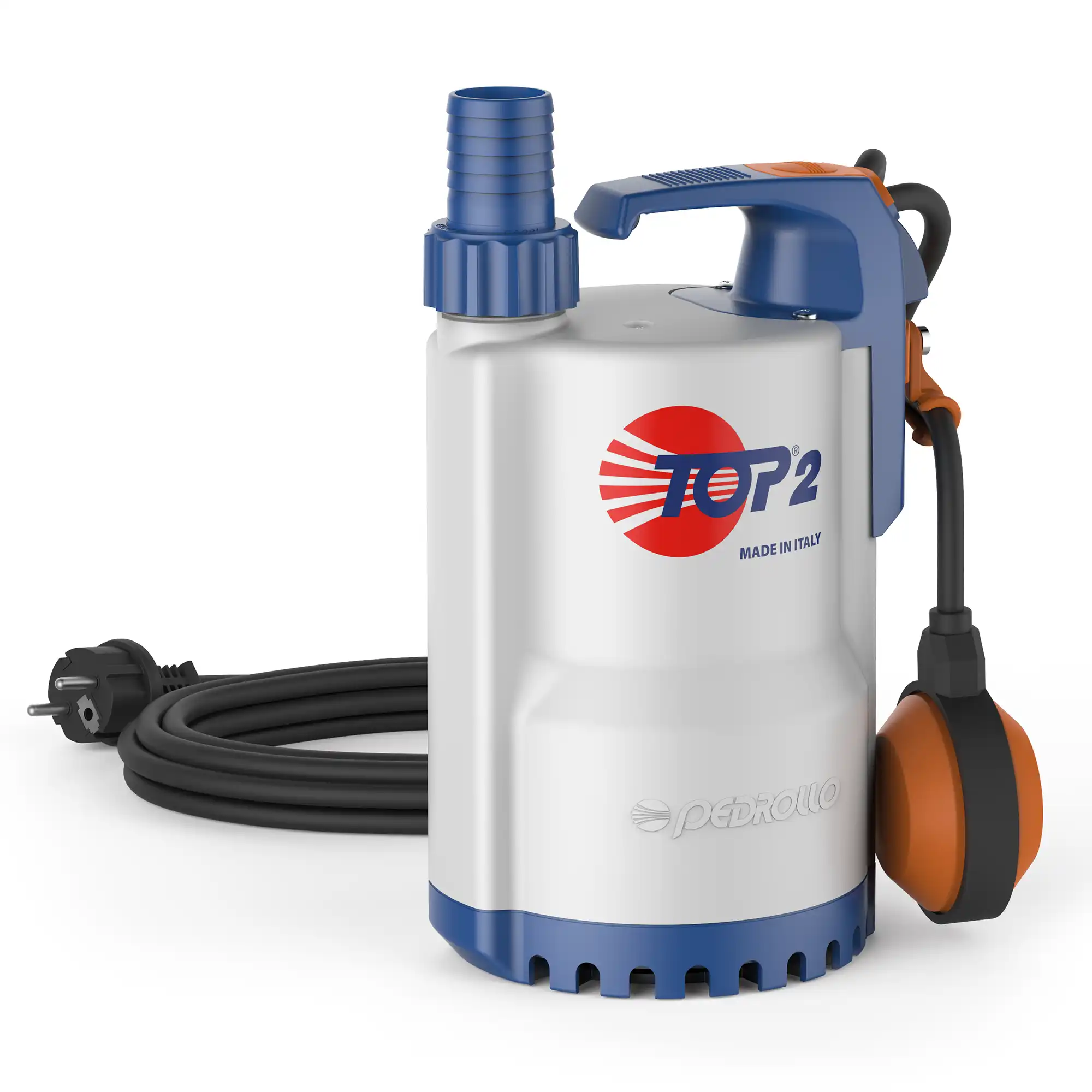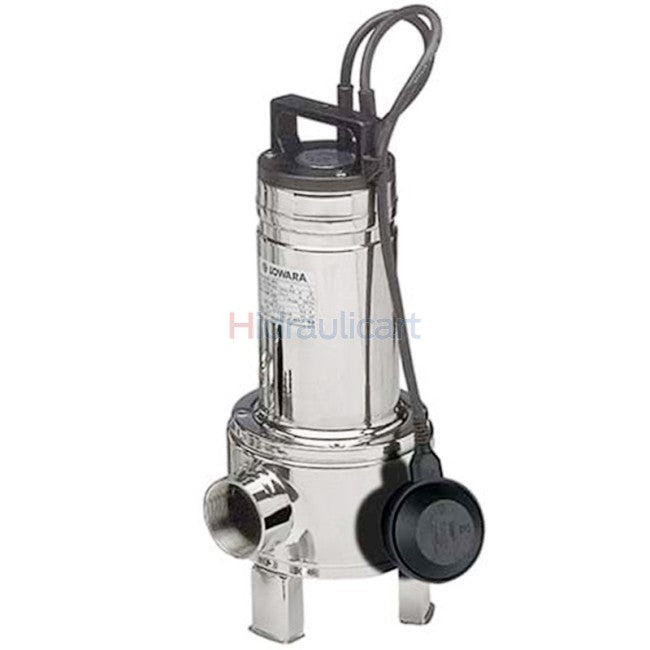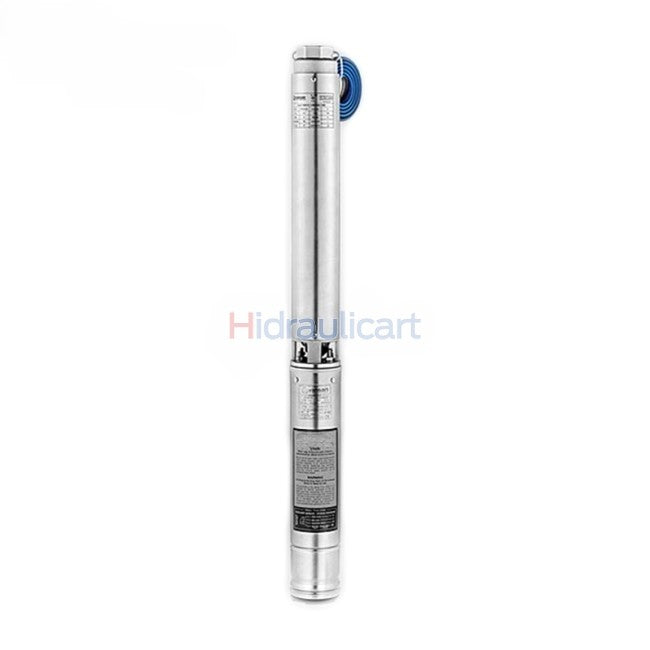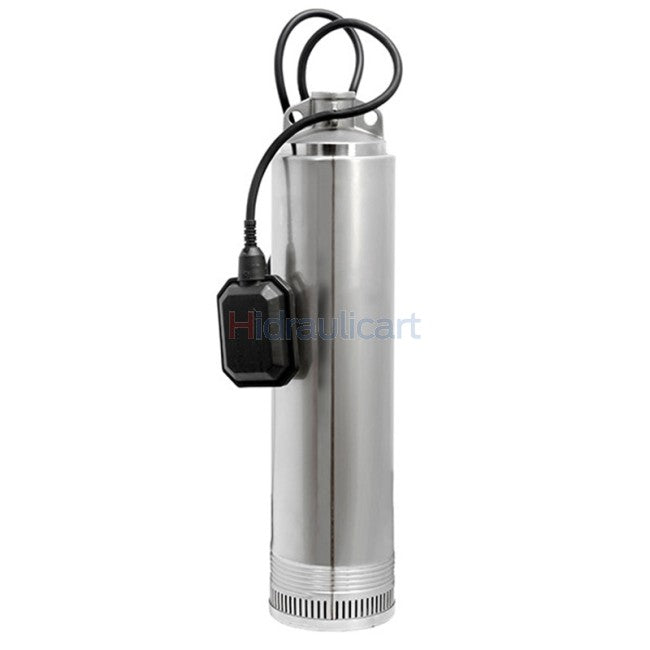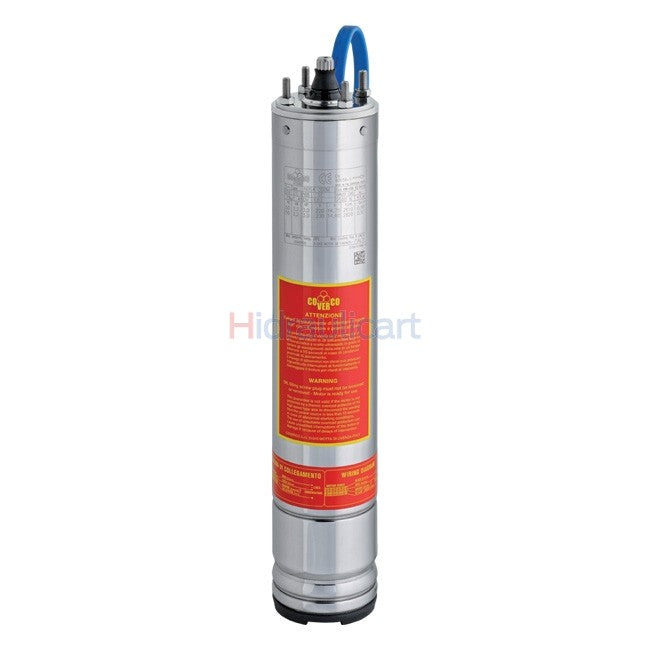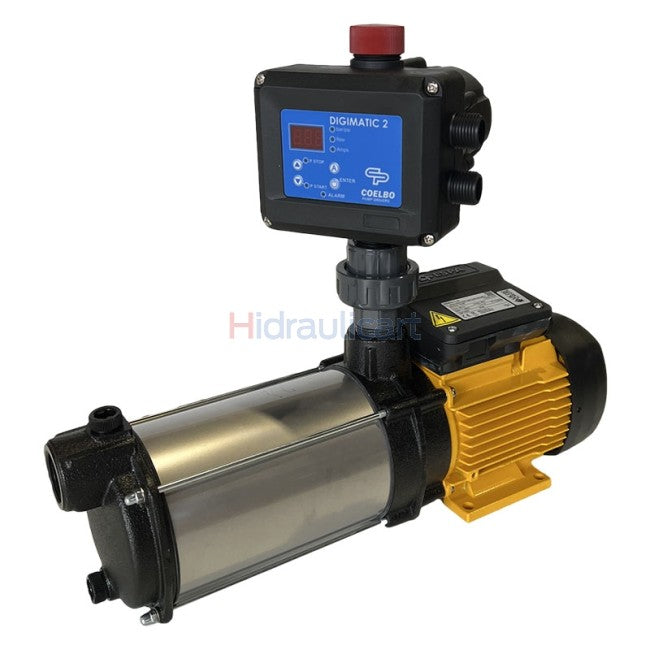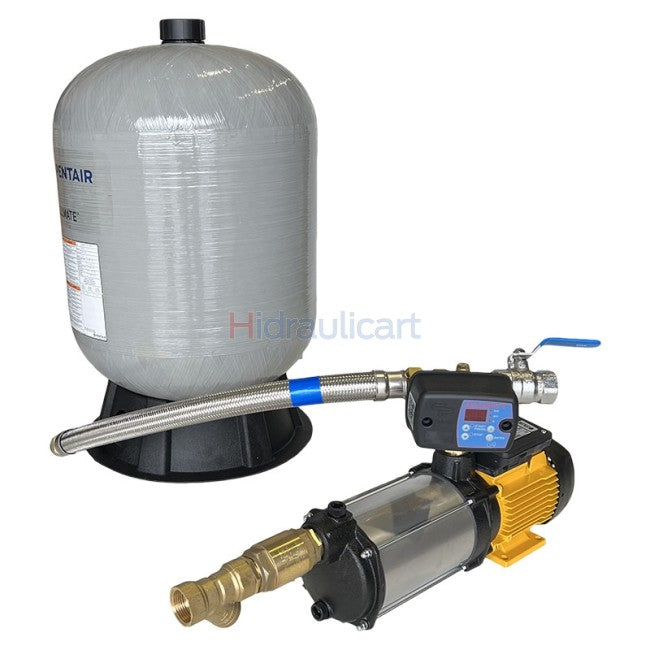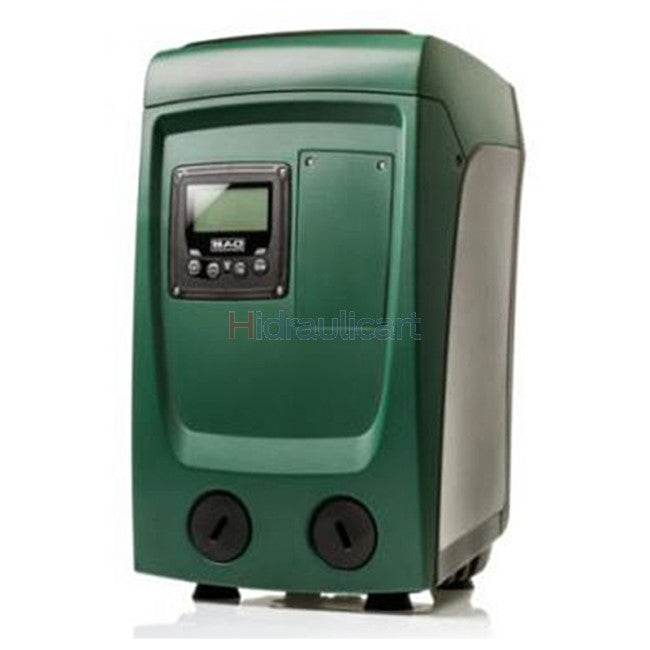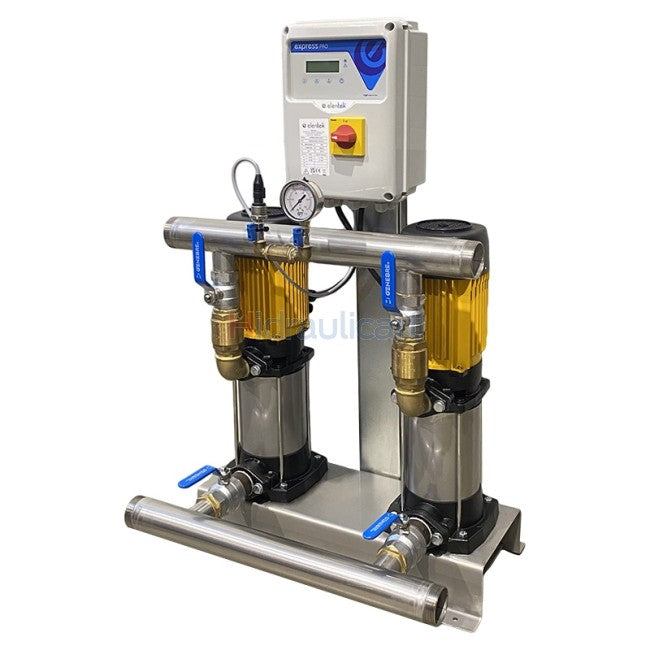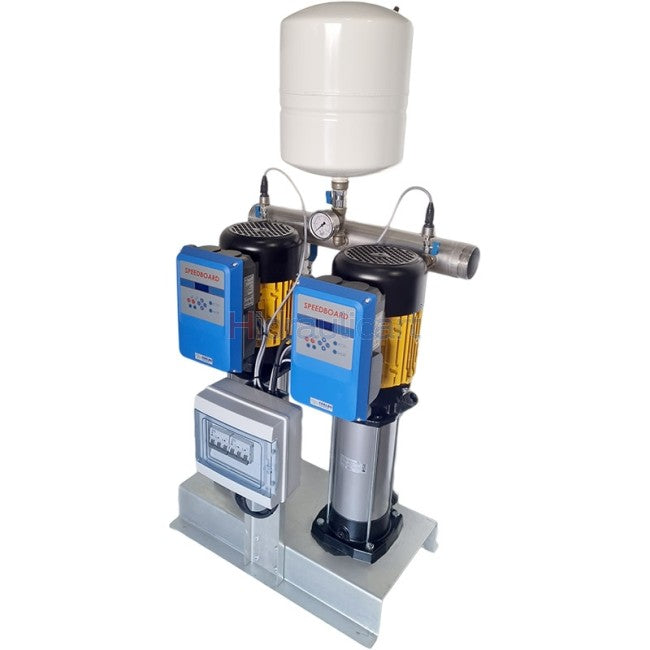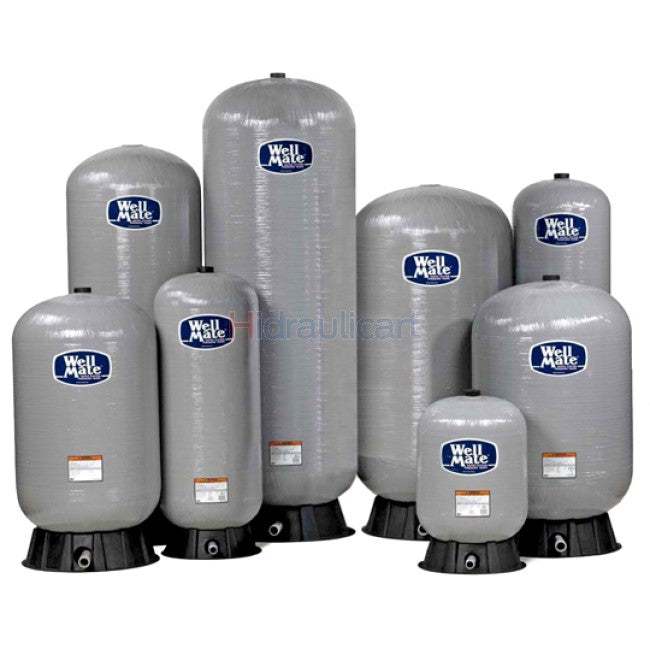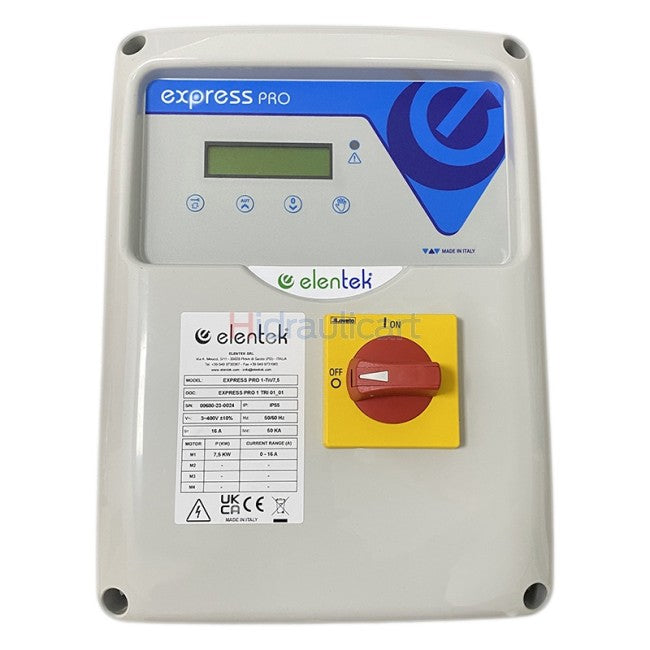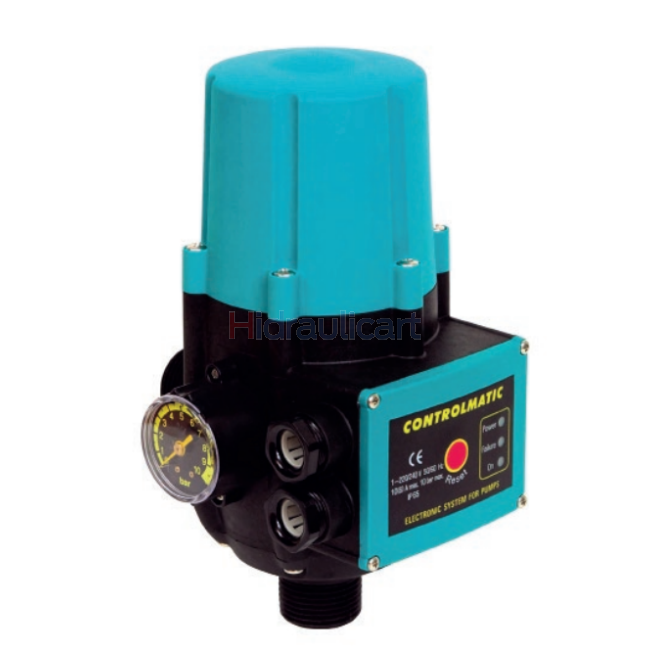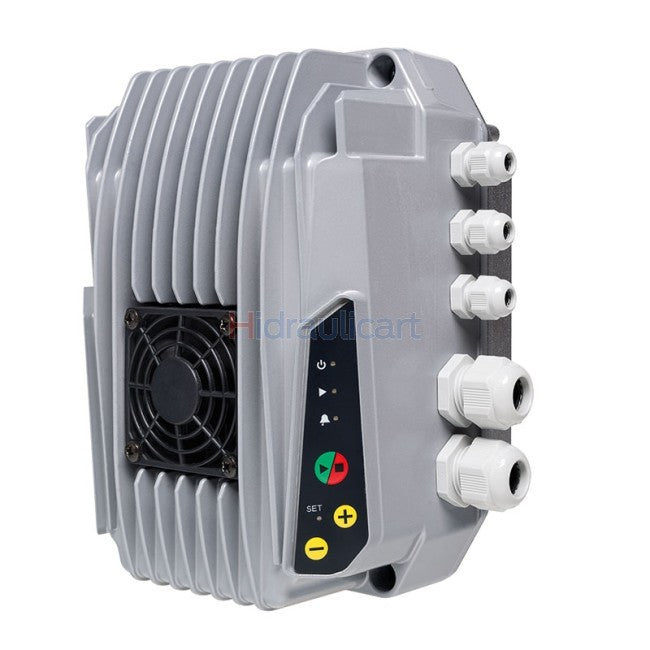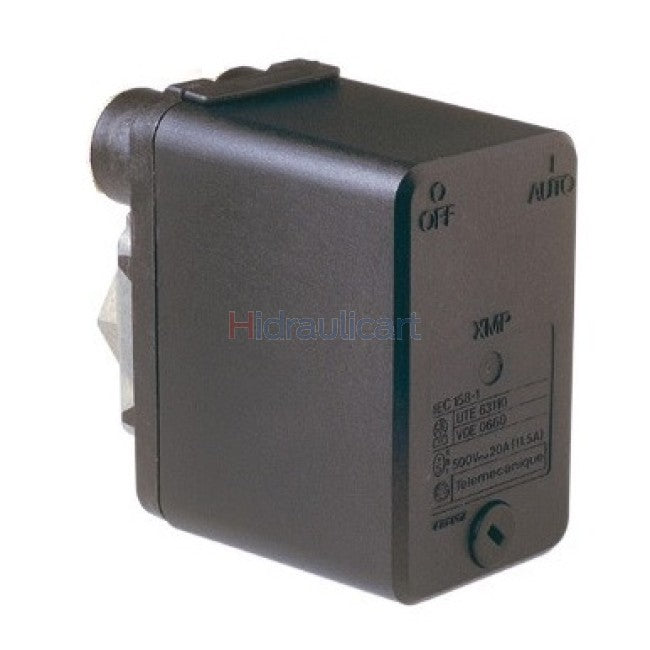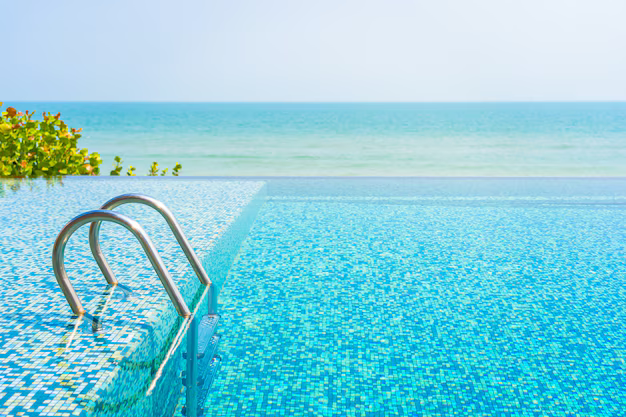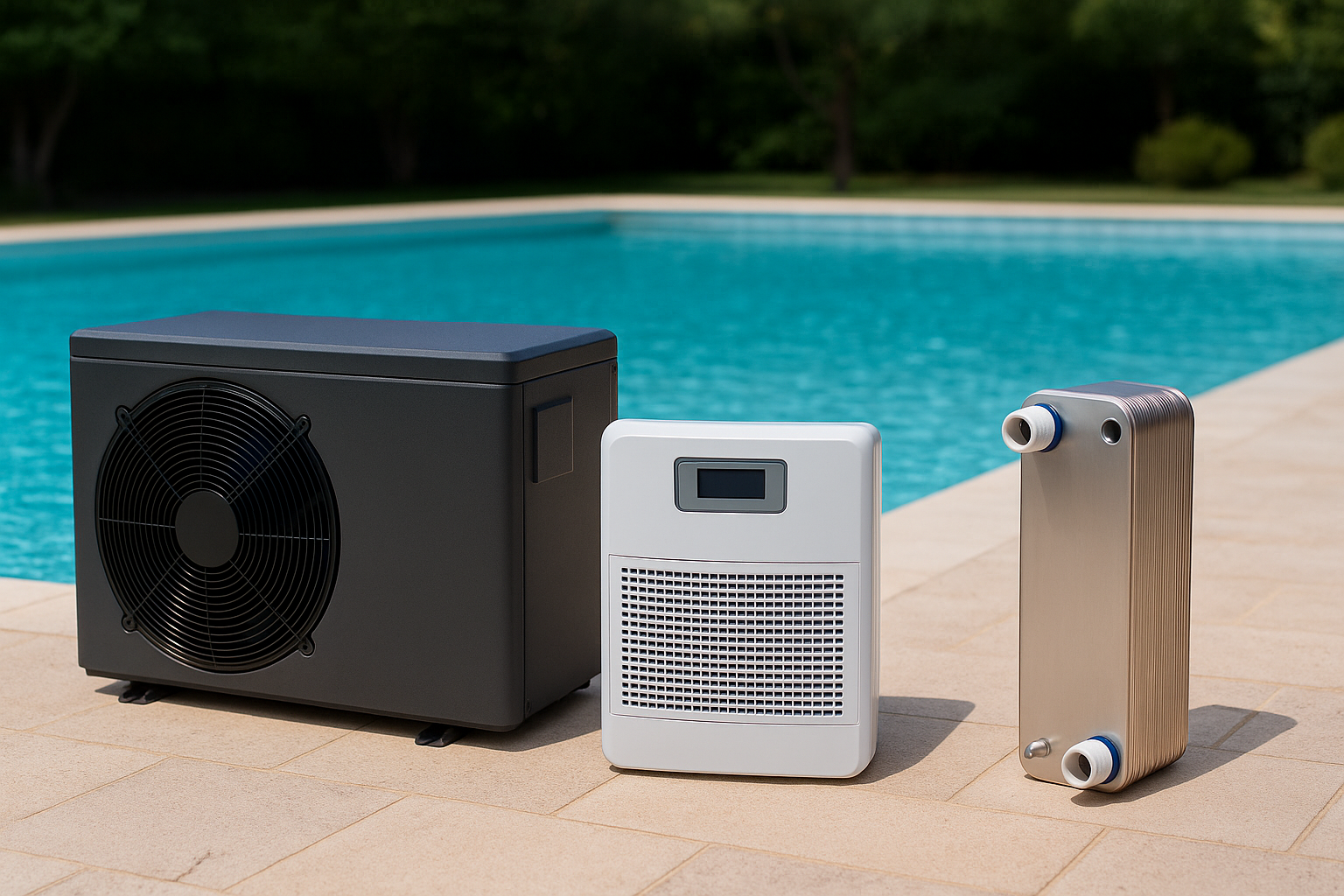We consider the swimming season in outdoor pools finished; it is time to start winterizing, which will keep the water in good condition for the next nine months.

The swimming season has ended and winter is approaching. The pool needs some care during the summer and preparation at the end of the season to facilitate its start near spring. This preparation is done through winterizing. This process consists of carrying out various preparation tasks for the facilities for the inactive season during winter (removing ladders, protecting showers, etc.) and the application of some chemical products to treat and properly preserve the water's properties. This way, maintenance and start-up costs for the next season are reduced. It is important to choose a good pool treatment depending on its size, the volume of water it contains, the installation, location, and the type of use it is given.
The start date varies depending on the climate and the geographical location of the pool. Normally, the winterizing process should not begin until the water temperature drops below 15 ºC. They last approximately nine months. Performing winterizing at an inappropriate time of year, treating the water with winterizing chemicals and the consequent reduction of filtration time, may result in the appearance of algae and proliferation of organisms in the water.
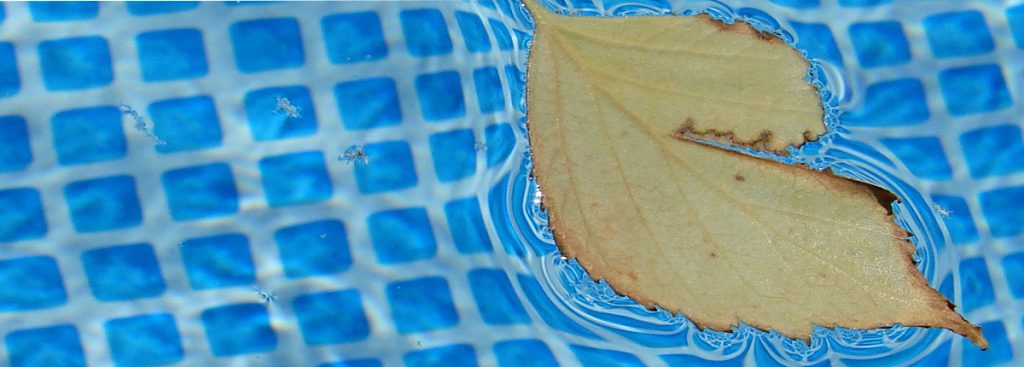
THE TWO OPTIONS
We can act in two distinct ways. One is to discard winterizing when the poor condition of the water does not allow acting on it or recovering it for new use. The other consists of carrying out the winterizing process.
Option 1 - Empty the pool and replace the water
This happens when, due to saturation reasons, we cannot recover the water and the only solution is to empty the pool water and refill it. Usually, this occurs in cases where the total dissolved solids (TDS) exceed 2,000 ppm, or when the cyanuric acid levels (the stabilizer used in stabilized chlorines) reach 100-150 ppm. Both situations may coincide or we may encounter other combinations of chemical saturation. In this case, the water cannot be reused.
To act, we must wait for the water temperature to drop below 15 ºC. Then, we will dose with copper sulfate which will act as an algaecide effectively and quite economically, along with a bit of chlorine. Since the pool needs to be emptied, we should not worry about health problems caused by excessive doses of copper sulfate, as the pool will be refilled. Once the pool is empty, a thorough cleaning of all the elements that are part of the installation should be done.
If during cleaning you notice that the tank material has cracks or fissures, take the opportunity to carry out the necessary repairs. Then proceed to fill the pool. Next, apply the disinfectant, followed by an algaecide and a flocculant.
Option 2 - Winterizing Process
Winterizing provides two important advantages:
Conditioning the installation to protect it from the harshness of winter and inactivity;
The reuse of water as a scarce resource.
This involves conditioning a pool by applying certain chemical products to the water that preserve its properties and reduce maintenance costs, as well as preparing it for future use in the next bathing season. The process also includes certain preparatory tasks for the installation, such as removing ladders, protecting showers, etc. It is a simple process but varies depending on the water treatment system used in the pool (chlorine, ozone, ionization, bromine, oxygenation, electrolysis, etc.). When dealing with pools treated with chlorine, the winterizing process requires some guidelines to follow:
- Verify that the water temperature is below 15 ºC.
- Clean the entire bottom and walls of the pool.
- Run the filter backwash (approx. 5 min.).
- Analyze the water and adjust the pH level.
- Perform a shock chlorination which will eliminate any microorganism that may remain in the water.
- To avoid discoloration of the lining, it is advisable to use a floater that will keep the water always moving or introduce the chlorine directly into the skimmers. It is advisable to let the chlorine act for at least 6 hours before proceeding to the next step.
- With the pool filter running, add the winterizer at the indicated dose and evenly.
- Then stop the pool water circulation by closing the injectors, skimmers, and main drains.
- Measure again the pH levels. Remember that the winterizer should be applied twice, first at the start of the winterizing process and the second halfway through the winter season (January/February).

POOLS WITH SALT CHLORINATION
If the water temperature is above 15°C, keep the equipment running long enough (the lower the temperature, the shorter the filtration time) to maintain the residual chlorine level between 0.5 and 1.0 ppm, adjusting the pH between 7.2-7.4, either manually or automatically. If the water temperature is below 15°C, electrically turn off the electrolysis equipment, remove the chlorine generator cell, clean it with an electrolytic cell descaler, and remove any deposits stuck to the plates. Then, store the chlorine generator cell in a dry place protected from weather damage. If you have a pH or pH/Rx control and regulation device, remove the electrodes and protect them properly. Finally, proceed with the classic winterizing treatment.

WHICH PRODUCT TO USE?
Winterizers are easy-to-apply products and work very efficiently. They are usually universal for any type of pool with or without cover and require no further maintenance during winter. Generally, the formula varies, but it is a compound formulated with disinfectant agents (chlorine, benzalkonium chloride, etc.), algaecides (copper sulfate, ammonium quaternaries, etc.), a metal remover (to prevent scaling, for example), as well as other products.
